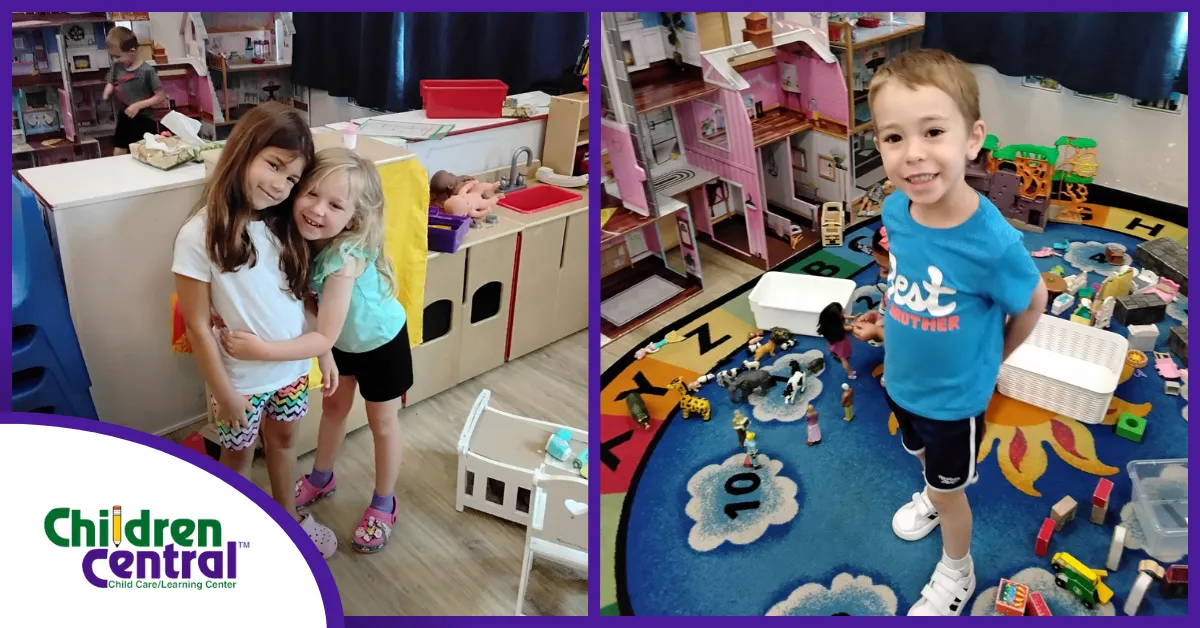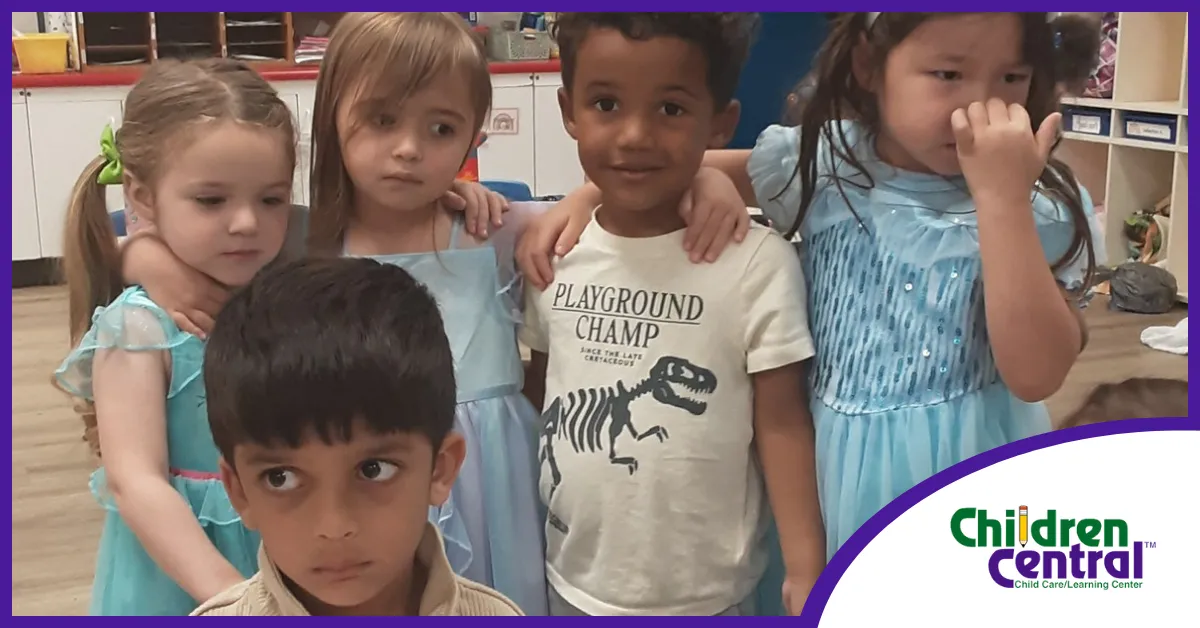The childcare enrollment process in Langhorne, PA, is an important step for families seeking a safe and nurturing environment for their children. Understanding the procedures involved helps parents make informed decisions and ensures a smooth transition into early education. From initial inquiries to submitting required documentation, each phase plays a role in aligning a child’s needs with a center’s offerings.
Families benefit from knowing what to expect regarding waitlists, program availability, and required forms. This guide outlines key details to help parents prepare for enrollment while emphasizing the importance of clear communication and thoughtful planning in choosing the right childcare setting.
Daycare Enrollment Steps: Understanding the Basics
Enrolling a child in daycare is a significant decision that needs thorough planning and attention to detail. Understanding the daycare enrollment steps in Langhorne, PA, helps parents navigate the process confidently while ensuring their child receives the care and education they deserve. From researching local centers to evaluating curriculum, every step plays a role in selecting the right childcare environment.
How to Enroll in Preschool: Required Documents and Policies
Understanding how to enroll in preschool is essential for families preparing to transition their child into a structured learning environment. The enrollment process typically involves several steps, including submitting documentation, reviewing policies, and confirming eligibility requirements. Being organized and informed can help parents complete the process smoothly and on time.
Childcare Registration Tips: Making the Process Smoother
Navigating the childcare registration process can be overwhelming, especially for families enrolling for the first time. By following a few practical strategies, parents in Langhorne, PA, can streamline the experience, avoid delays, and secure a spot in a program that aligns with their values. These childcare registration tips promote efficiency, organization, and confidence throughout the process.
Daycare Enrollment Steps: Understanding the Basics

Enrolling a child in daycare is a significant decision that needs thorough planning and attention to detail. Understanding the daycare enrollment steps in Langhorne, PA, helps parents navigate the process confidently while ensuring their child receives the care and education they deserve. From researching local centers to evaluating curriculum, every step plays a role in selecting the right childcare environment.
Researching Licensed Centers and Programs
Start by identifying licensed high-quality centers that meet Pennsylvania’s regulatory standards. Accreditation and ratings such as Keystone STARS offer assurance of program quality.- Look for centers with a STAR 3 or STAR 4 rating, which reflects a commitment to early learning standards.
- Verify staff credentials in early childhood education and confirm the center meets required safety and sanitation protocols.
- Read online reviews, ask for recommendations, and consider visiting community forums to learn more about the center’s reputation.
Scheduling a Tour and Meeting the Staff
An in-person tour is essential to understanding how the center operates and how staff interact with children throughout the day.- Observe the layout and safety of classrooms, rest areas, and outdoor play zones.
- Take note of the teacher-to-child ratio in each age group and how transitions are managed.
- Speak with the director about the center’s philosophy, discipline policy, and parent communication practices.
Reviewing Curriculum and Daily Schedules
The curriculum should align with developmental standards while promoting social, emotional, cognitive, and physical growth.- Request a sample daily schedule that outlines learning activities, free play, meals, rest time, and outdoor play.
- Ask how the curriculum supports school readiness and includes enrichment such as language exposure, fine motor development, and hands-on learning.
- Inquire whether the center offers parent access to weekly lesson plans, which can help reinforce learning at home.
How to Enroll in Preschool: Required Documents and Policies

Understanding how to enroll in preschool is essential for families preparing to transition their child into a structured learning environment. The enrollment process typically involves several steps, including submitting documentation, reviewing policies, and confirming eligibility requirements. Being organized and informed can help parents complete the process smoothly and on time.
Required Personal and Medical Documentation
Preschools require specific documents to ensure each child’s health, safety, and legal eligibility for attendance. These are usually required at the time of enrollment or shortly after acceptance into the program:- Proof of Age: A birth certificate or passport is typically needed to verify the child’s age.
- Immunization Records: Up-to-date vaccination records are required in compliance with Pennsylvania Department of Health regulations.
- Physical Examination Form: A recent medical evaluation signed by a licensed pediatrician is often required before a child begins attending.
- Emergency Contact and Authorized Pickup List: Parents must list individuals who may be contacted in emergencies and those authorized to pick up the child.
- Allergy and Medication Forms: If applicable, detailed forms outlining allergies or medications, including physician instructions, must be submitted.
Center Policies and Family Agreements
In addition to submitting documents, parents are expected to review and agree to the center’s policies and procedures. These policies ensure a shared understanding of expectations and responsibilities:- Tuition and Payment Terms: The family agreement outlines details about tuition amounts, payment schedules, and late fees.
- Attendance and Absence Reporting: Guidelines for reporting illness or planned absences help maintain consistent records and support classroom planning.
- Discipline and Behavior Policies: Centers provide clear expectations for child behavior and the methods for redirection and support.
- Health and Safety Protocols: Parents should review procedures for handling illness, injury, and emergency events.
Childcare Registration Tips: Making the Process Smoother

Navigating the childcare registration process can be overwhelming, especially for families enrolling for the first time. By following a few practical strategies, parents in Langhorne, PA, can streamline the experience, avoid delays, and secure a spot in a program that aligns with their values. These childcare registration tips promote efficiency, organization, and confidence throughout the process.
Start the Process Early
Planning is one of the most effective ways to simplify childcare registration. High-quality centers often have limited openings, particularly for infant and toddler classrooms.- Begin researching programs at least six months in advance.
- Contact centers to inquire about upcoming availability and waitlist procedures.
- Ask when enrollment opens for each age group and whether priority is given to siblings or returning families.
Prepare and Organize Documentation
Preparing the required documents beforehand prevents delays and helps ensure a complete application. Most centers require forms related to health, identification, and emergency planning.- Create a physical or digital folder with your child’s birth certificate, immunization records, recent physical exam, and insurance details.
- Keep a list of authorized contacts and emergency phone numbers for quick reference.
- If applicable, include allergy or medical authorization forms signed by a healthcare provider.
Visit Multiple Centers if Possible
Touring more than one center allows families to compare programs and identify the best match for their child’s needs.- Pay attention to staff interactions, classroom cleanliness, and security measures.
- Ask detailed questions about curriculum, enrichment programs, and daily routines.
- Use a checklist to track each center’s strengths and limitations.
Follow Up and Confirm Registration
After submitting paperwork, it is important to maintain communication with the center to confirm your child’s enrollment status.- Respond promptly to any requests for missing forms or additional documentation.
- Keep track of enrollment deadlines, payment schedules, and orientation dates.
- Save all correspondence and agreements for future reference.
What to Expect After Enrollment
Once the enrollment process is complete, families often wonder what comes next. Understanding what to expect after enrollment helps parents prepare for a smooth transition into the childcare environment. This period sets the tone for the child’s experience and helps establish clear communication between the center and the family.Orientation and Transition Support
Most childcare centers offer an orientation process to help children and parents adjust to their new routine. This step is especially important for young children experiencing separation from parents for the first time.- Parents may be invited to attend a brief orientation session with their child before the first full day.
- Some centers offer phased transitions, allowing children to attend for shorter periods before moving to a full schedule.
- Teachers use this time to introduce the child to the classroom, peers, and daily routines.
Ongoing Communication with Families
Clear and open communication is essential in fostering a strong partnership between families and caregivers. Centers typically provide several ways for parents to stay informed.- Many programs use mobile apps or online portals to share updates, photos, and announcements.
- Teachers may offer daily or weekly reports outlining meals, naps, activities, and behavior.
- Families are encouraged to communicate openly through scheduled conferences or direct outreach to staff.
Daily Routines and Classroom Expectations
Children benefit from predictable schedules that support emotional security and academic growth. After enrollment, parents will begin to see how the center’s structure reinforces key developmental goals.- Daily activities include structured lessons, free play, meals, and rest periods.
- Classroom expectations are communicated to both children and families.
- Teachers focus on creating a nurturing environment that encourages cooperation, independence, and respect.
Monitoring Progress and Milestones
High-quality childcare programs monitor each child’s development and communicate observations to families.- Assessments may include tracking language development, motor skills, and social-emotional growth.
- Families may receive periodic developmental reports or meet with teachers to discuss progress.
- Parental input is valued and often incorporated into goal-setting for the child.



